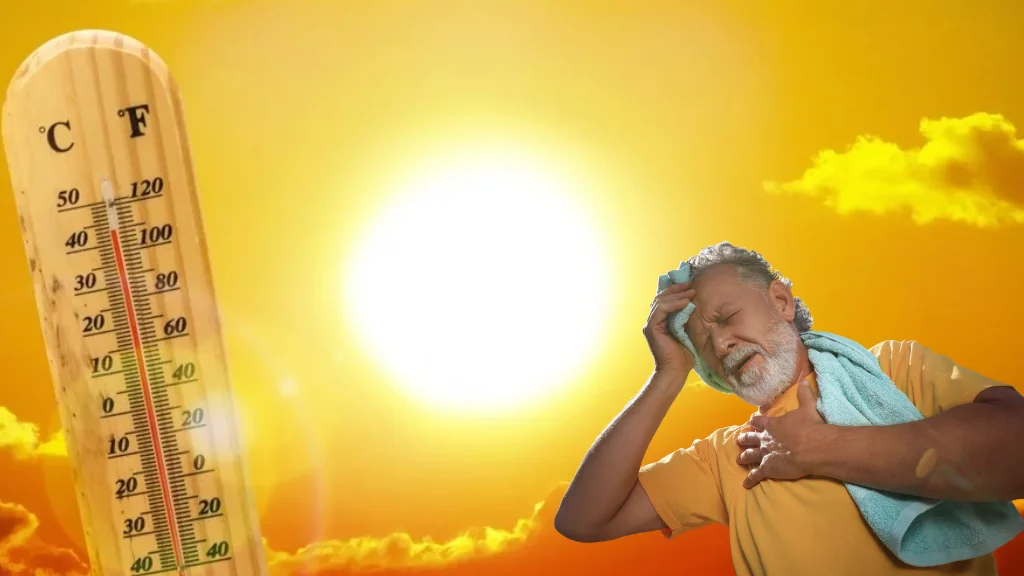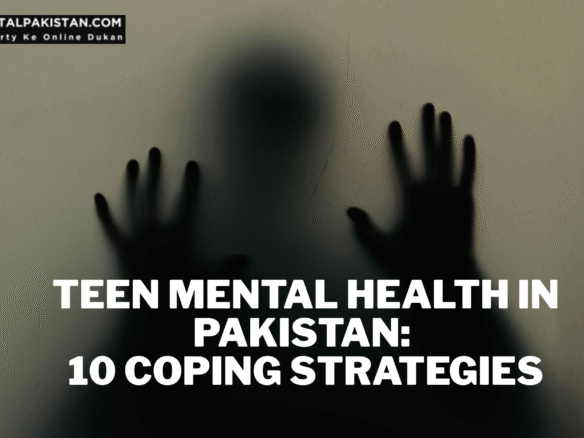How are Heatwaves in Pakistan & Globally Affecting Everyday Life and Public Health?
Pakistan is suffering through a scorching 2025, with heatwaves sweeping South Asia, making day-to-day life more difficult and posing challenges to public health. Worldwide, extreme heat has killed an estimated 489,000 people each year from 2000 to 2019, with 45% of them in Asia, reports the World Health Organization. In Pakistan, Karachi and Lahore are especially affected by the urban heat island effect, where the compact urban areas act as a heat trap, sending temperatures well above rural conditions. This effect, combined with global warming, is increasing heatwaves in intensity and frequency, interfering with livelihood and taxing the healthcare system.
The Escalating Heat Crisis in Pakistan
July 2025 was the third-warmest July in recorded history worldwide, with southern Pakistan experiencing temperatures above 45°C (113°F), according to the World Meteorological Organization (WMO). The extremely hot weather, combined with humidity, has driven the heat index to the point of being extremely hazardous, making outdoor activities at any time practically impossible. Pakistan Meteorological Department started issuing alerts as early as April with temperatures in Sindh touching 50°C, causing a disruption in electricity, water supply, and routines. This is also in line with international trends, where heatwaves are likely to double if the world’s temperature increases by 2°C compared to pre-industrial levels.
Impact on Day-to-Day Life
The 2025 Pakistan heatwave has turned day-to-day life into a battle for survival. Blackouts, which sometimes extend up to 16 hours a day, deprive millions of fans and air conditioning, compelling people to take refuge in public places or tolerate hot indoor conditions. In cities, the urban heat island phenomenon makes temperatures higher, as concrete and asphalt trap and reflect heat. This has brought road transport to a standstill, caused roads to melt, and created safety hazards, such as an alleged increase in city crime during outages.
Agriculture, a cornerstone of Pakistan’s economy, faces severe setbacks. Crops like wheat and mangoes suffer reduced yields due to prolonged heat, threatening food security and driving up prices. Schools have closed, disrupting education, while outdoor workers, construction laborers, street vendors, and farmers face reduced incomes, unable to work during advisories limiting outdoor activity from 9 AM to 4 PM. These disruptions underscore the compelling necessity for policies such as the Pakistan Climate Change Policy to manage economic and social repercussions.
Public Health Emergency
The health effects of heatwaves are disastrous, especially among vulnerable populations such as the elderly, children, and urban poor. Dehydration and heat exhaustion, characterized by symptoms of dizziness and nausea, are prevalent. Hospitals in Karachi and Hyderabad in 2025 registered the increases in heatstroke cases, with some deaths attributed to temperatures beyond human survivability levels. The WMO adds that heat worsens chronic diseases such as asthma and heart disease, overloading health facilities grappling with power outages.
Read More: Heartbreaking News: Atif Aslam Father Passes Away – 5 Key Moments They Shared
Solving the Crisis
The WMO’s Early Warnings for All campaign prioritizes strong heat-health action plans, which can save as many as 100,000 lives a year in 57 countries. In Pakistan, interventions such as providing shaded sites with cooled water kiosks, public sensitization campaigns, and afforestation are essential. The Pakistan Climate Change Policy promotes green infrastructure and clean energy to avoid heat and emissions. Public effort strategies, including urban forests and sunblock dispensing machines, can lower risks further.
In Asia, temperatures soared above average the most across the Himalayas, China, and Japan in July, with extreme heat continuing into August. Several Asian nations, including China, Japan, North Korea, Tajikistan, Bhutan, Brunei, and Malaysia, recorded their hottest July in at least half a century. During the week before 5 August, temperatures exceeded 42 degrees Celsius (107 degrees Fahrenheit) in West Asia, southern Central Asia, southwestern US, most of North Africa, and southern Pakistan, with some places reaching over 45 degrees Celsius (114 degrees Fahrenheit).
Southwestern Iran and eastern Iraq experienced extreme temperatures above 50 degrees Celsius (122 degrees Fahrenheit), causing disruptions in electricity and water services, education, and work. In Pakistan alone, consistent highs above 38°C have been recorded in the last week, with peaks above 42°C in the south and specific localized areas breaching 45°C, as predicted by the Beijing-based World Meteorological Centre to keep going into next week with a temporary hiatus from Julys that smash the record books. July heavy rainfalls also inundated areas of Pakistan, adding humidity and infrastructure overload to the heat’s impact.
Resources:
https://news.un.org/en/story/2025/08/1165597
https://www.dawn.com/news/1929433
FAQs About Heatwaves in Pakistan
Q1: How can you handle a heatwave?
A: Stay indoors during peak sunlight hours, keep hydrated with plenty of water, wear light and loose clothing, and use fans or air conditioning. Avoid unnecessary outdoor activities to reduce the risk of heat exhaustion.
Q2: What should you do during a heatwave?
A: Drink water regularly, eat light meals, take cool showers, and stay in shaded or well-ventilated areas. If you must go outside, wear a hat and sunglasses, and apply sunscreen to prevent sunburn.
Q3: Why is there a heatwave in Pakistan?
A: Heatwaves occur due to prolonged high temperatures caused by climate change, shifting weather patterns, and in some cases, reduced rainfall. Urban heat islands and deforestation also contribute to rising temperatures.
Q4: How can you avoid the effects of a heatwave?
A: Limit outdoor exposure, keep your living space cool, avoid heavy physical activities during midday, and wear breathable fabrics. Communities should also plant more trees for long-term cooling.
Q5: What is a heatwave?
A: A heatwave is a prolonged period of excessively hot weather, often accompanied by high humidity, which can pose serious health risks like heatstroke, dehydration, and exhaustion.
Q6: What should you not do in a heatwave?
A: Avoid strenuous activities under the sun, drinking alcohol or caffeinated drinks (as they dehydrate the body), wearing dark or tight clothing, and leaving children or pets in parked cars.



Join The Discussion